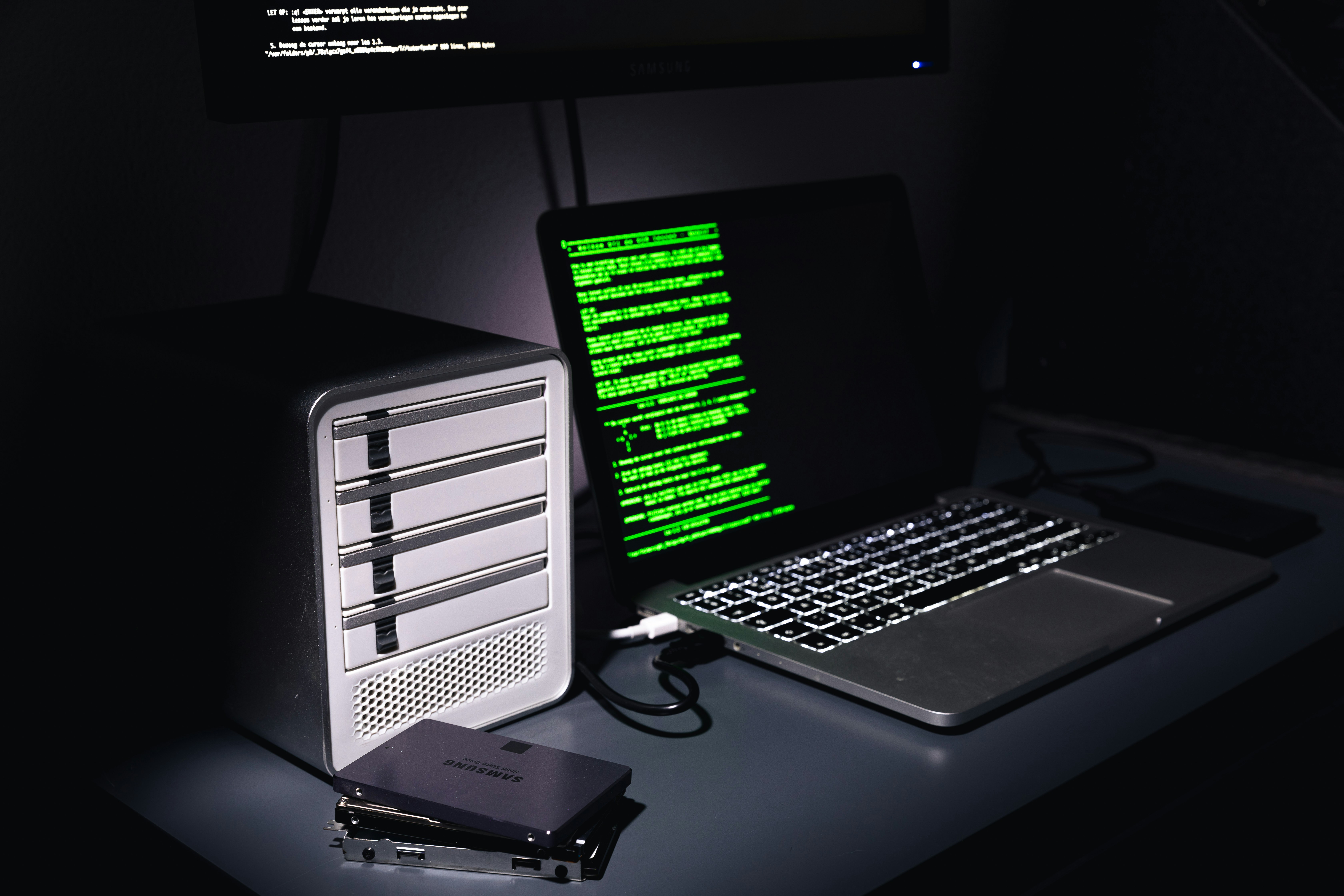
Edge Computing Solutions Enhance Real-Time Analytics in Industrial IoT
Factories now process data right where machines operate, thanks to edge computing. By handling sensor information on-site instead of sending it to faraway servers, edge nodes deliver faster results and less delay. Operators gain the ability to notice unusual patterns, fine-tune equipment, and keep production lines running smoothly with little interruption. This immediate access to filtered data not only helps prevent costly shutdowns but also supports better decision-making throughout daily operations. With processing power located closer to the source, teams respond to real-time conditions and address problems as soon as they arise, making the entire manufacturing process more reliable and efficient.
Advertisement
With industrial setups juggling conveyors, robotic arms, and temperature-controlled chambers, split-second decisions matter. Edge devices handle the heavy lifting, freeing the network for high-priority traffic like video feeds or remote maintenance sessions. Workers get clear dashboards with actionable alerts instead of drowning in mountains of raw logs.
Understanding Edge Computing
Edge computing describes a network design where small servers or gateways sit near machines to analyze data on-site. These mini data centers run specialized software that filters noise, runs machine learning models, and ships only key insights back to central servers. This approach reduces bandwidth use and keeps production lines humming.
On the hardware side, you’ll find compact industrial PCs, rugged gateways, and even smart sensors with built-in processors. Software layers include container platforms, data brokers, and real-time analytics engines. Together, they enable engineers to deploy custom applications close to the action without sacrificing flexibility.
Real-Time Analytics in Industrial IoT
Real-time analytics ingests streams of temperature, vibration, energy, and position data and turns them into meaningful indicators. For example, a quick spike in vibration on a motor shaft can trigger a warning before bearings wear out. Detecting that early saves thousands in spare part costs and prevents unplanned downtime.
When edge nodes handle the analytics, they can run forecasts and anomaly detection models instantly. Instead of waiting minutes or hours for a round-trip to the cloud, operators see alerts in seconds. This speed results in fewer production halts and smarter scheduling of maintenance crews.
Key Components of Edge Computing Solutions
- Edge Nodes: Industrial servers or gateways that run analytics close to machines.
- Local Data Storage: Short-term memory for buffering sensor readings and model outputs.
- Analytics Engines: Software that runs algorithms on streaming data to detect patterns or faults.
- Communication Protocols: MQTT, OPC UA, or lightweight HTTP for passing data between devices.
- Security Modules: Firewalls and encryption to guard sensitive production metrics.
Each piece plays a specific role but depends on the others to deliver real-time insights. Pair a capable edge node with simple protocols, and you create a robust system that prevents your network from choking on raw telemetry.
Implementation Strategies for Industrial Environments
- Select devices rated for dust, moisture, and vibration to ensure uptime on the shop floor.
- Install your gateways within a few meters of sensors or PLCs to keep wiring simple and signal quality high.
- Deploy containerized analytics so you can update models without halting production processes.
- Use secure tunnels or VPNs to connect edge nodes with a central monitoring hub in the control room.
- Test the entire pipeline during a scheduled pause to verify that alerts, dashboards, and alarms trigger correctly.
Small pilots on one assembly line help you tune algorithms and network settings before rolling out enterprise-wide. When you observe stable operation over a production cycle, you can expand to other machines confidently.
Challenges and Best Practices
Integrating edge computing with legacy equipment often requires custom adapters or protocol bridges. Some older PLCs might not support modern protocols like OPC UA, so you need middleware to translate data streams. Planning for this compatibility upfront prevents surprises down the line.
Power constraints in remote facilities can limit how many edge nodes you deploy. Low-power gateways or industrial PCs with built-in UPS backup solve that problem. You still get uninterrupted analytics even if someone accidentally trips a breaker.
Maintenance teams might face steep learning curves when managing distributed computing clusters. To make adoption easier, create clear runbooks showing how to restart services or roll back updates. Pair that with remote access tools so software teams can jump in when on-site staff needs help.
Finally, retrain models carefully. Continuous learning on edge can overwhelm small devices if you push too many updates. Hold back retraining jobs for off-peak hours or perform them on a central server, then push optimized models to the edge.
Future Outlook
As *5G* rolls out in industrial zones, edge nodes will connect to lightning-fast wireless backhauls. This development opens doors for even richer analytics, like real-time video AI spotting production defects on the fly. Combining *5G* and edge computing can turn every part of the factory into a smart node.
Software vendors plan to dockerize more AI toolkits, enabling floor engineers to deploy new detection models within minutes. With growing standards support, environments from different vendors will communicate seamlessly. That means you’ll spend less time translating protocols and more time gaining impactful insights.
Choosing *edge computing* on the shop floor reduces decision time, lowers network costs, and improves uptime. Fast analytics, secure connections, and flexible deployments help manufacturers optimize operations now and later.
Advertisement